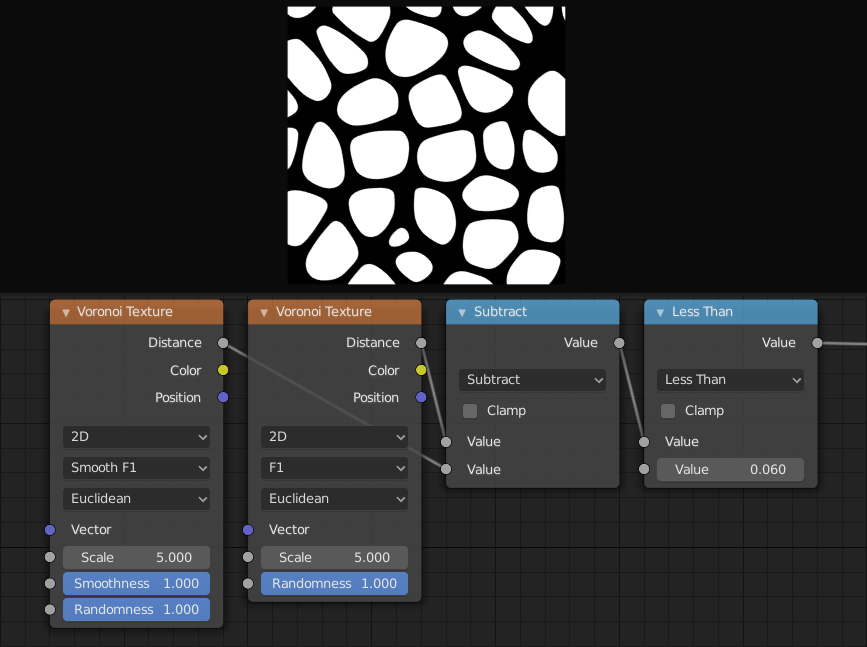Blender 2.81: Cycles¶
Denoising¶
A new Denoise node was added in the compositor, to denoise renders using OpenImageDenoise. It needs Albedo and Normal passes, which Cycles can render by enabling Denoising Data passes.
Compared to the existing denoiser, it works better with more complex materials like glass, and suffers less from splotchy artifacts. It also gives better results with very low numbers of samples, which can be used for quick previews.
| Before Denoising (4 samples) | After Denoising |
|---|---|
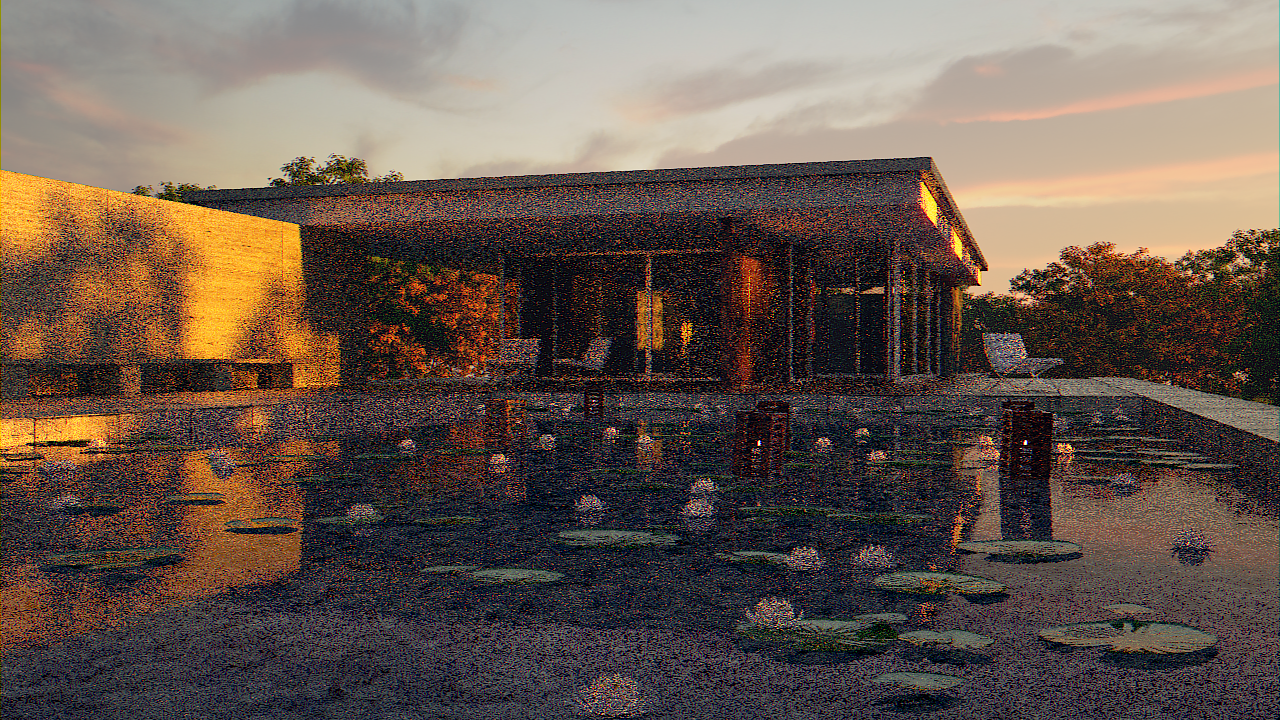 |
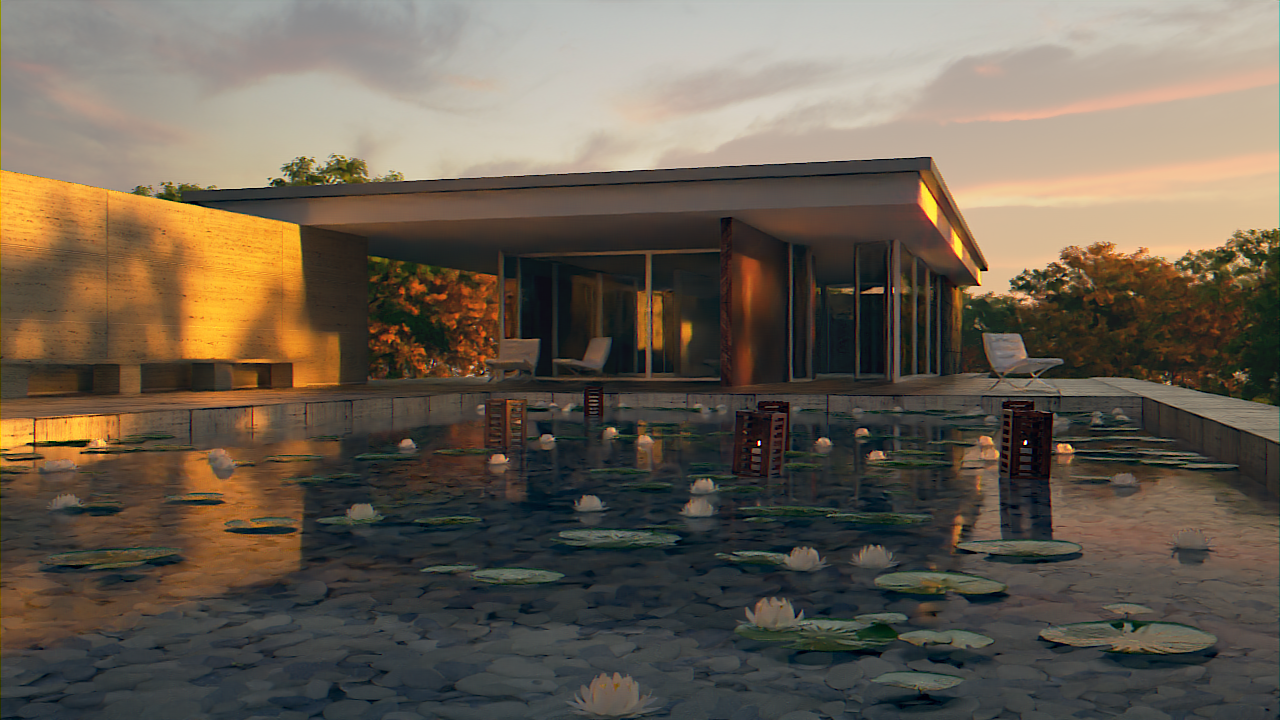 |
| Before Denoising (128 samples) | After Denoising |
|---|---|
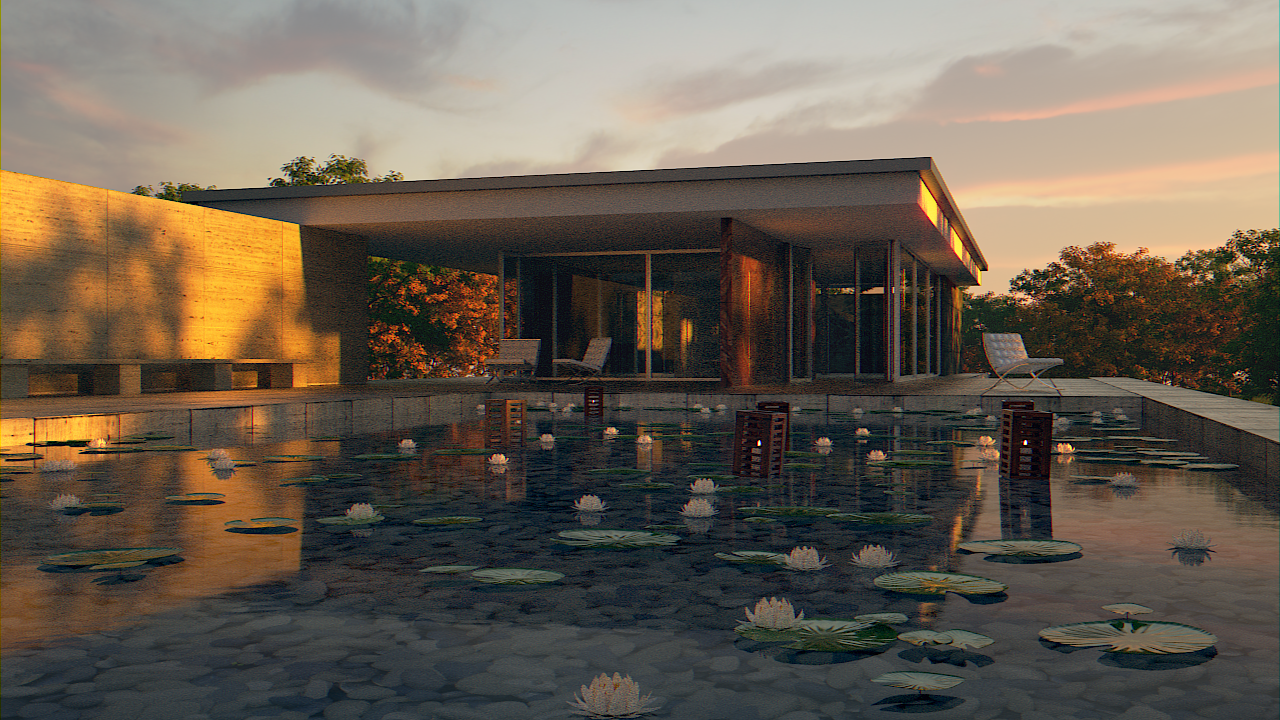 |
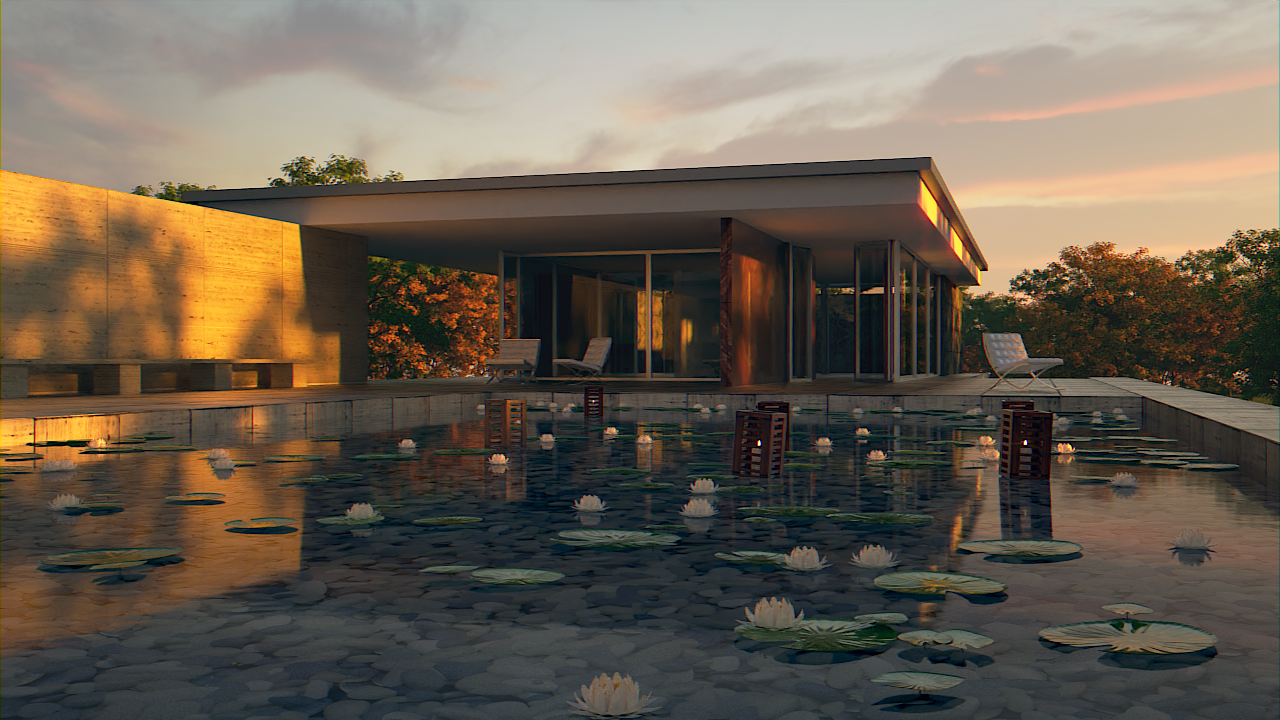 |
This feature requires a CPU with SSE4.1, available in Intel and AMD CPUs from the last 10 years.
Shaders¶
Shader nodes for Cycles and Eevee have been extended.
- New White Noise Texture node, producing a random number based on input values. (133dfdd7)
- Noise Texture node: support 1D, 2D, and 4D noise. (23564583)
- Musgrave Texture node: support 1D, 2D, and 4D musgrave. (f2176b3f)
- Voronoi Texture node: support 1D, 2D, and 4D voronoi. Add more feature types. (613b37bc)
- New Volume Info node, for convenient access to Color, Density, Flame, and Temperature attributes of smoke domains. (e83f0922)
- Object Info node: new Object Color output. (08ab3cbc)
- New Map Range node. Linearly remap a value from one range to another. (71641ab5) (7a7eadaf)
- New Clamp node. Clamps a value between a maximum and a minimum values. (313b7892)
- Math node: shows one or two inputs depending on how many are needed by the operation. (e5618725)
- Vector Math node: new operations, and show number of inputs depending on the operation. (7f4a2fc4)
- Mapping node: location, rotation and scale are now node inputs that can be linked to other nodes. (baaa89a0bc)
- New Vertex Color node, for convenient access to Vertex Colors and their alpha channel. (2ea82e86)
NVIDIA RTX¶
Cycles now has experimental support for rendering with hardware-accelerated raytracing on NVIDIA RTX graphics cards. To use, enable OptiX in Preferences > System > Cycles Render Devices.
Most, but not all features of the CUDA backend are supported yet: Currently still missing are baking, branched path tracing, ambient occlusion and bevel shader nodes and combined CPU + GPU rendering. So certain scenes may need small tweaks for optimal rendering performance with OptiX. When rendering the first time, the OptiX kernel needs to be compiled. This can take up to a few minutes. Subsequent runs will be faster.
OptiX requires recent NVIDIA drivers and is supported on both Windows and Linux.
- Linux: driver version 435.12 or newer
- Windows: driver version 435.80 or newer
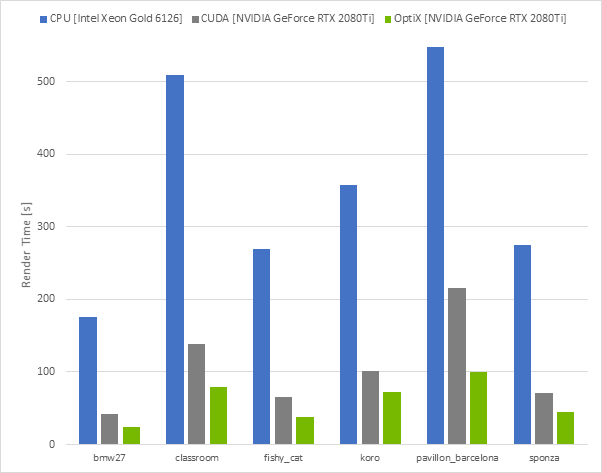
The OptiX backend was contributed by NVIDIA.
Adaptive Subdivision¶
Cycles adaptive subdivision now stitches faces to avoid cracks between edges, that may be caused by displacement or different materials.
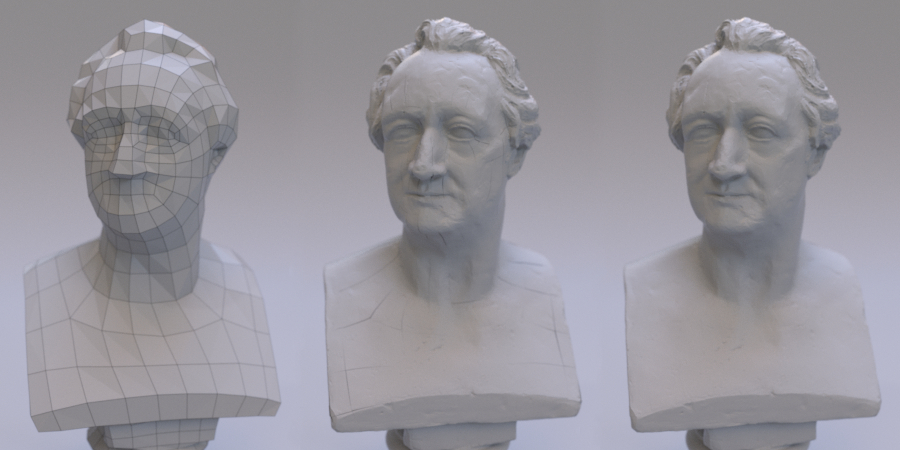
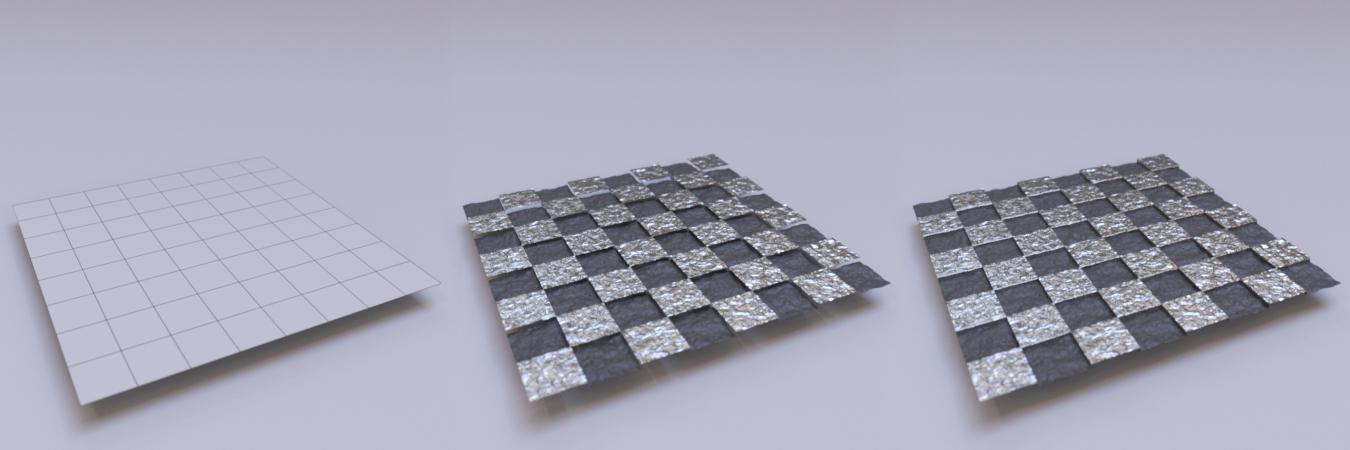
Other¶
- Reduced shadow terminator artifacts for bump mapping with diffuse BSDFs.
| Before | After |
|---|---|
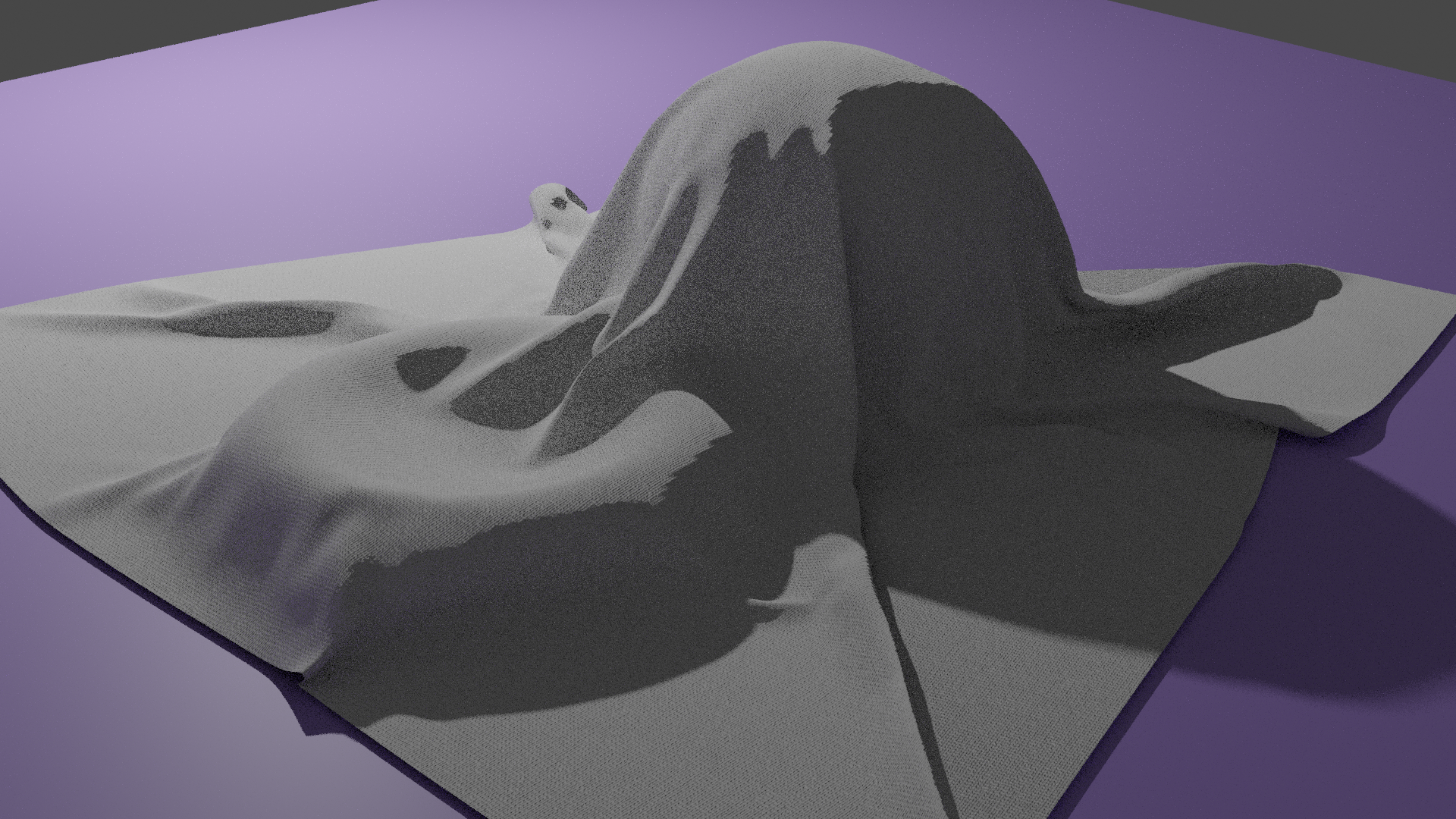 |
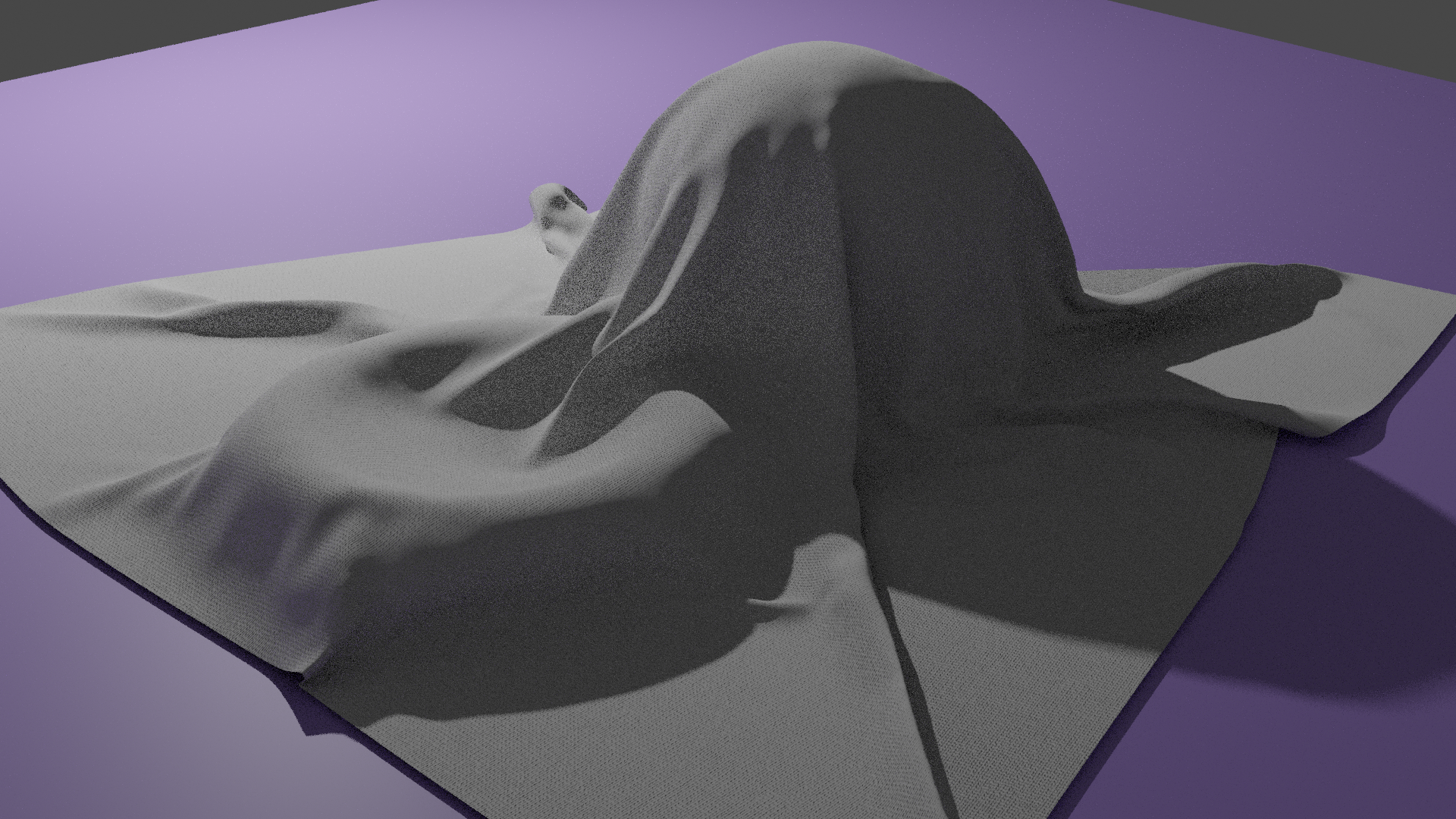 |
- Viewport support to use HDRI lighting instead of scene lighting, for look development.
- Viewport option to display a render pass, instead of the combined pass.
